News
Master's degree graduation ceremony 2024
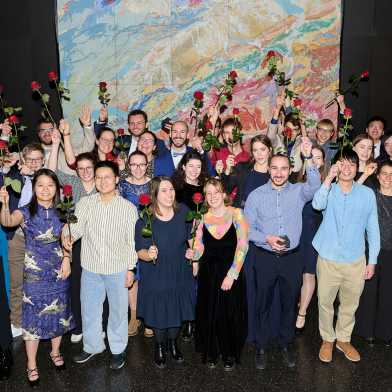
On Friday 29 November 2024, the Department of Earth and Planetary Sciences celebrated this year's Master's degree graduation ceremony. Congratulations to our successful graduates!
ETH Zurich awards honorary doctorate to Susan Trumbore

The Department of Earth and Planetary Sciences has nominated the Director of the Max Planck Institute for Biogeochemistry, Susan Trumbore, for an honorary doctorate from ETH Zurich. She received the award on the occasion of this year's ETH Day on 16 November 2024.
Water-rich magmas are crucial for forming copper deposits
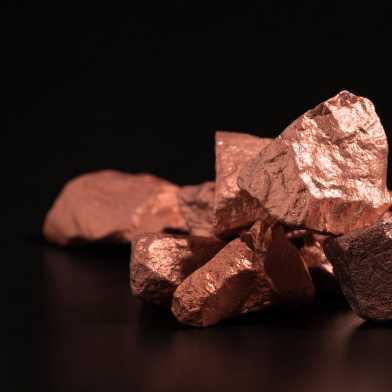
"Super-wet" magmas play a critical role in forming large deposits of copper, a metal vital for modern technologies and society's shift to green energy.
New insights into the formation of the Tibetan Plateau

The Tibetan Plateau, known as the "Roof of the World", spans 2.5 million square kilometers with an average elevation over 4000 meters. A new study in Nature Geoscience suggests that mantle delamination of the overriding plate may explain the mysterious formation of this vast region.
Zircon crystals serve as timestamps for impact events on the Moon

Researchers have precisely dated zircon crystals from the Moon and found that most of the analysed crystals are around 4.338 billion years old. They bear witness to a huge impact at the South Pole of the Moon and shed new light on the early phase of our solar system.
LunarLeaper - a big leap for human mankind
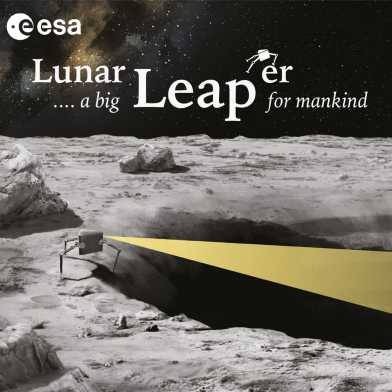
Anna Mittelholz and Simon Stähler from the Department of Earth Sciences, together with Hendrik Kolvenbach from D-MAVT, are leading an international team that is proposing a cost-effective method for exploring lava tubes on the Moon.
Unveiling the origin of Earth's richest cobalt resource: insights from the unique Bou Azzer orebody
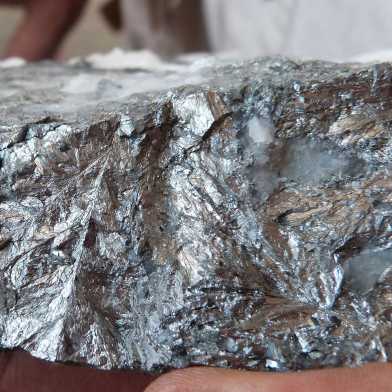
ETH earth scientists have developed a new method for determining the age of cobalt mineralisation.
Master's degree graduation ceremony 2023
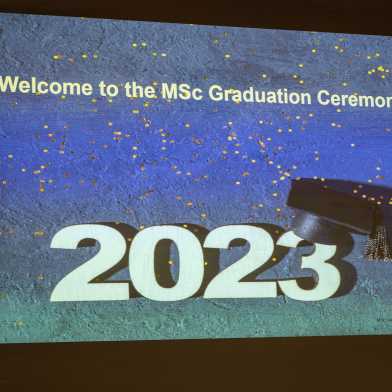
The Master's Graduation Ceremony of the Department of Earth Sciences took place on Friday, 1 December 2023. Congratulations to our successful graduates!
Geology of the Tour de France: Earth science meets cycling
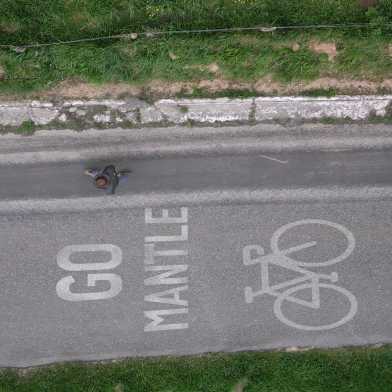
The Grand Départ is scheduled for 1 July, but the preparations for this year's Tour de France and the Tour de France Femmes started more than 400 million years ago, when the rocks of the Central Massif and the Vosges Mountains were formed.
Ice sheet retreat triggers volcanic eruption and ocean hypoxia
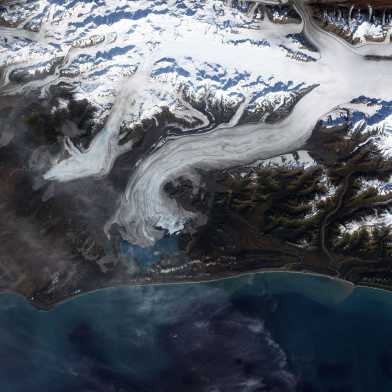
Most complex organisms on Earth need to breathe oxygen to stay alive. As global warming continues, the amount of oxygen dissolved in ocean waters is expected to decline (i.e. deoxygenation). This will have disastrous consequence on the marine ecosystem and the human communities that depend on its service.
Collision with neighbour
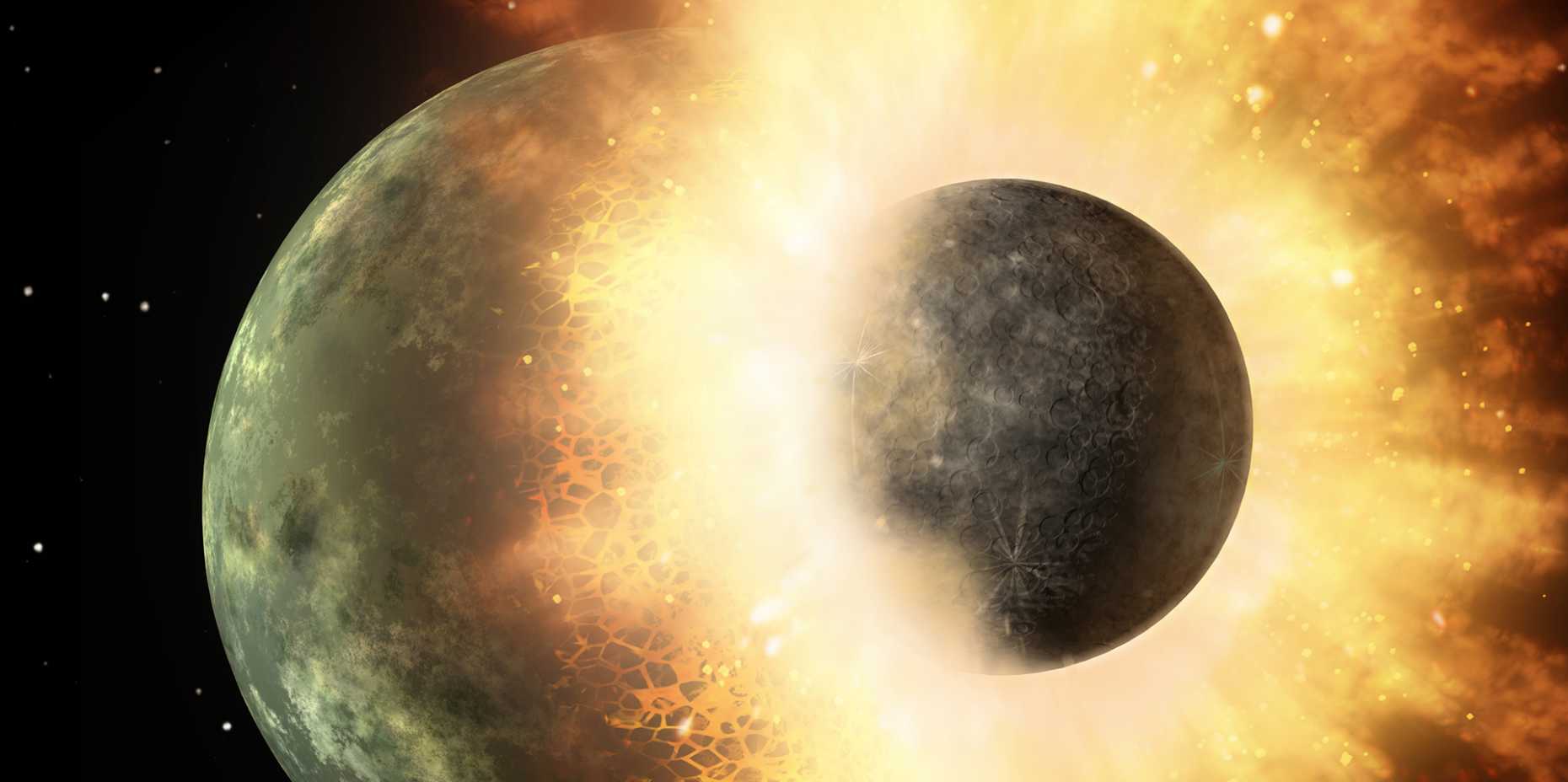
According to theory, the moon was created during a gigantic collision between the earth and another celestial body called Theia. But where did this body come from?
Sunbathing meteoroids
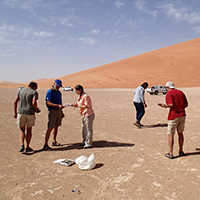
When a meteoroid travels in space, solar radiation leaves distinctive imprints on its outer layer. Together with colleagues, ETH researcher Antoine Roth has developed novel analytical techniques to detect these imprints, allowing the team to reconstruct meteorites’ space journeys.
The mighty Southern Ocean microbe that controls ocean chemistry
A new study led by scientists in the Earth Surface Geochemistry group at ETH Zurich, and just published in Nature Geoscience, shows that a single-celled algal organism in the Southern Ocean controls ocean trace metal chemistry.
Scientists from the Surface Earth Geochemistry group at ETH participate in the Antarctic Circumpolar Expedition
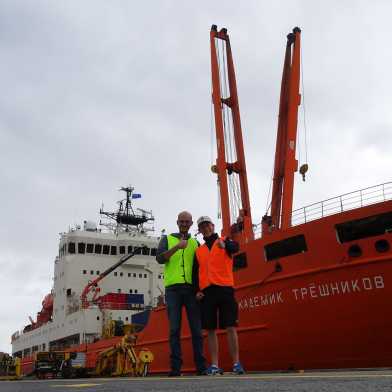
PhD student Matthias Sieber, and post-doctoral researchers Greg de Souza and Nolwenn Lemaitre are braving the rough seas of the Southern Ocean to take part in a remarkable expedition to study the environment of the Southern Ocean, the sea surrounding Antarctica.
Featured ETH-News
A voyage from the Earth’s crust to its mantle and back
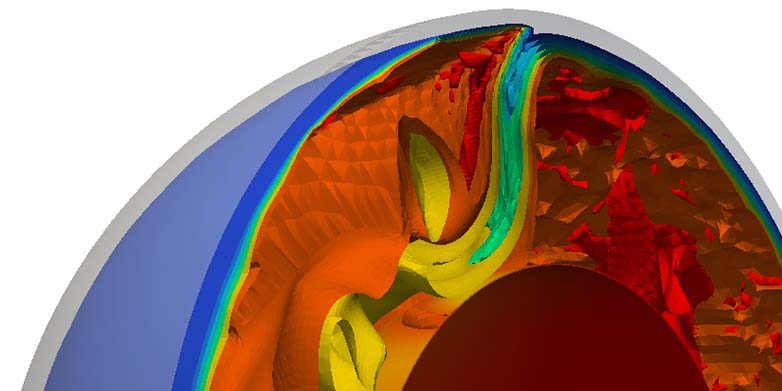
Uranium isotopes leave a distinct ‘fingerprint’ in the sources of volcanic rocks, making it possible to gauge their age and origin. Geologists have gained a new understanding of how the Earth’s crust is recycled back into its interior based on these uranium isotopes.